Holy Week marks the final week of Lent and is the final week of the earthly ministry of Jesus of Nazareth. It has been called “the most important week of the most important person who ever lived.”1
Christians observe and celebrate three of the days of this week by name: Palm Sunday, Good Friday, and Easter. The climax of Holy Week is Easter, but to understand Easter, one has to look back to Good Friday and then further back into the very earliest history of humanity. The death of Jesus did not catch Him by surprise. It’s the purpose for which He came into the world.
Let’s start at Palm Sunday to see why.
The Entrance of Our King
Palm Sunday is the opening event of the final week of Jesus’s life. On the Sunday before Easter, Jesus asks for a donkey and a colt to ride towards Jerusalem. The Old Testament prophet Zechariah had earlier foretold that the king of Israel would come riding into the city upon a donkey. By doing exactly this, Jesus intentionally declared his own authority, and the crowds responded by laying His path with robes and palm leaves as they would for royalty (hence the name Palm Sunday).
“Who is this?” the people of the city asked, as they saw Jesus approach. The crowds following Jesus responded, “This is Jesus, the prophet from Nazareth in Galilee.” When the religious leaders of Israel saw the city’s children join in the celebration, they approached Jesus and demanded that He quiet the crowds.
Jesus refused, and told the leaders that people are merely worshiping their king (Matthew 21:10-17). Jesus continues throughout the week to provocatively assert his authority by overturning the markets in the temple and calling the current religious leaders hypocrites (Matthew 23:1-39).
In effect, Jesus is provoking his own death. If He is the king of Israel, then the religious leaders of the day were out of a job. Moreover, if Jesus is king, then the emperor of Rome was not. Neither of these groups could allow for such a bold declaration and challenge to their authority. Worse, the crowds following Jesus seemed to agree that the one who has ultimate authority was in their midst. The Jewish leaders knew they could leverage all of this in their favor.
And so the plot begins to kill Jesus, but it was in His plan to die all along.
The Death of Our King
The birth, life, death, and resurrection of Jesus was not an accidental event in the history of the world. It was promised and planned from the very beginning. Adam and Eve had introduced evil into world and humanity could no longer be in a direct relationship with a holy and just God. Before being removed from Eden, however, God left them with a promise that one day one of Eve’s children would fix what had gone wrong.
An easy way of understanding the entire Old Testament, is that, when left to themselves, people will always lose the battle to sin. Secular humanism is a lie. When people try to build a better and brighter future things always go very poorly, very quickly. God’s people get themselves into trouble again and again, and it was God who had to come to their rescue.
Every child of Eve, no matter how promising, ended up messing up in some horrible way. If God’s promise to Adam and Eve was to be kept, it would have to be done by God Himself. This is why God enters the story in the person of Jesus.
Jesus’s death was the means of restoring the relationship severed back in the garden. It is not coincidental that the final meal of Jesus was the Passover meal. The Passover looked back upon the moment in Israel’s history when God liberated the Jewish people from captivity in Egypt. The blood of a lamb was placed upon the doorposts of homes to save the people from the judgment of God. Jesus saw His death — His blood being spilled out — as the means of restoring the relationship between God and humanity (Mark 14:22-24).
The writer of Hebrews says that the death of Jesus is “the culmination of the ages to do away with sin by the sacrifice of himself” (Hebrews 9:26). At the cross, our sins were placed upon Jesus and He was punished as if they were His own. His death both removed our guilt before God as well as satisfied the judgment that we deserve for sin. This is how a day that remembers the death of the Son of God on a cross can be called Good Friday. At the time, though, all of this had not yet been realized. Standing before the cross it all seemed like terrible news, but it wasn’t until what happened a few days later when the good news was actually realized.
The Resurrection of Our King
Easter gets its name from the Saxon word Eostre, who was a goddess that sacrifices were made to around the time of Passover.2 Eostre was the goddess of the dawn and was associated with pleasure in seeing the sun rise over a new day. While the word Easter might have its origin in non-Christian sources, the Church now celebrates the power of the resurrection of Jesus as our source of new life, and the historical reality the day celebrates is a well-attested fact of history. It was a day of history unlike any other.
Many people die, some even on crosses, but no one but Jesus has come out of the grave after predicting that He would do so (Matthew 12:38-40). During His trial, Jesus purposely declared that He was equal with God (Mark 14:61-64). This was blasphemy and worthy of death under Jewish Law. As such, He was put to death, but on Easter, Jesus victoriously rises vindicated that He is who He claimed to be. Many can claim to be God, but few can demonstrate it by coming out of a three day old tomb.
The resurrection of Jesus demonstrates that God has mended the divide that was opened up in the Garden of Eden. Because of His resurrection, we can have certainty that our own future resurrection is secured. Paul writes that “Christ Jesus who died—more than that, who was raised to life—is at the right hand of God and is also interceding for us” (Romans 8:34). Jesus, the Son of God, stands before the Father and speaks on our behalf so that we may be seen in righteousness.
Why We Celebrate All This Today
One of the ideas that Grace Church is built around is Modern Liturgy — “we build history into modern services because we are called to carry an ancient faith into the future.” The Christian story isn’t just a story — it’s the story. It’s the story of reality.3 It’s the story that tells us why the world has actually gone wrong and what God has actually done to put things right.
For now, though, we stand somewhere between the first Easter and the final resurrection. As such, we look back upon the past to infuse our present hope with meaning while we anticipate our future home. We start Holy Week by celebrating with the Palm Sunday crowds that our king has come and welcome him into our midst. And that celebration ends with the knowledge that our story will not end in the temporary mourning of Good Friday, but in the eternal morning of Easter.
____________
[1] see Köstenberger, Andreas J., and Justin Taylor. The Final Days of Jesus. Wheaton, IL: Crossway, 2014. This book serves as an excellent chronological summary of Holy Week and what took place each day. A wonderful book to read the week leading up to Easter.
[2] “Easter.” Easton’s Bible Dictionary. 3rd ed. Thomas Nelson, 1897. Bible Study Tools. Salem Web Network. https://www.biblestudytools.com/dictionaries/eastons-bible-dictionary/easter.html
[3] Phrase borrowed from Greg Koukl’s The Story of Reality. Grand Rapids, MI: Zondervan, 2017.




